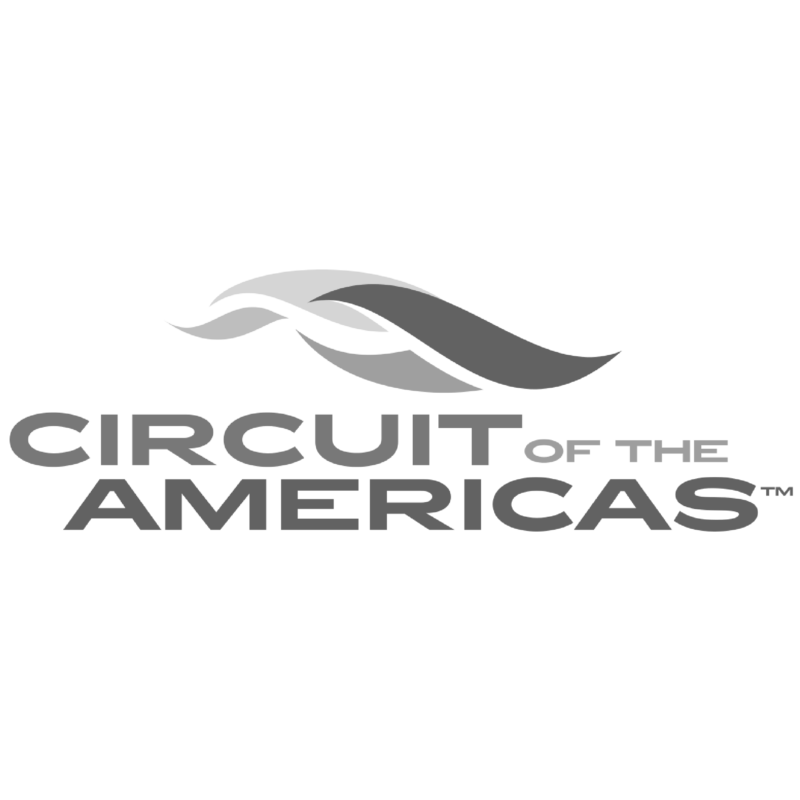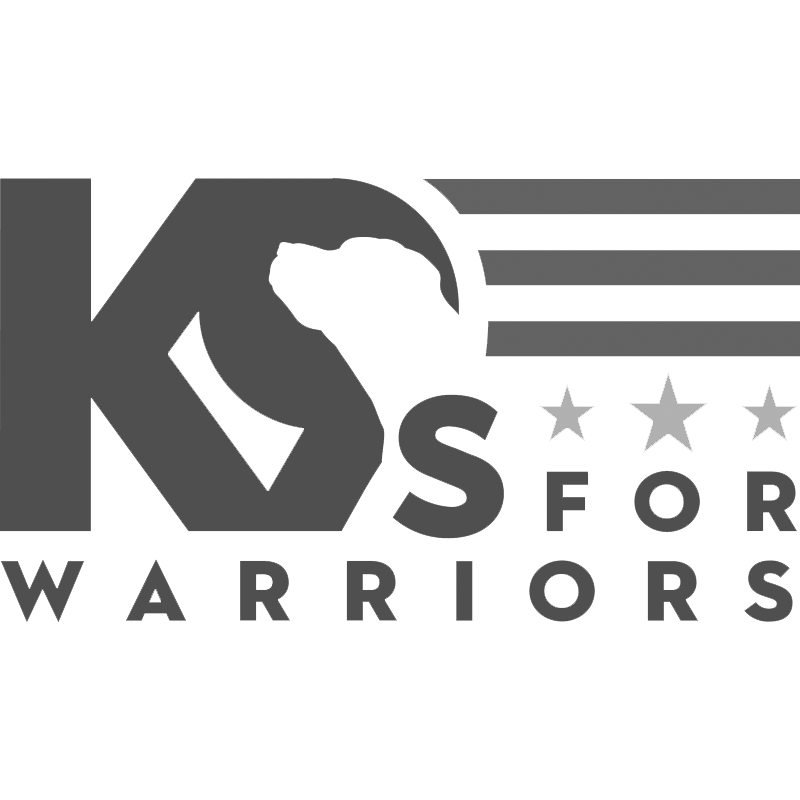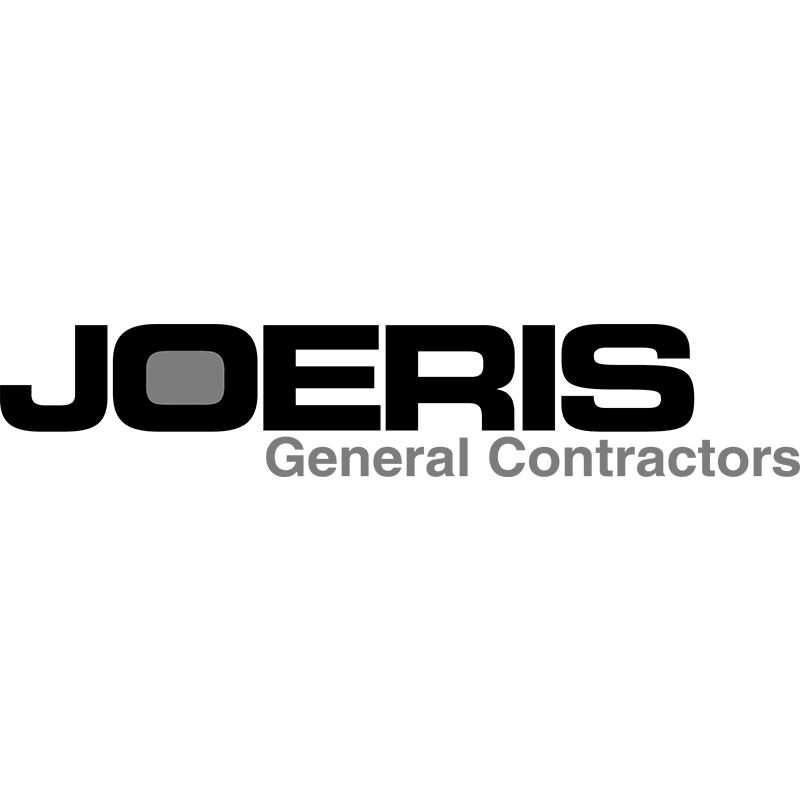Unraveling the Mystery: Does Shade Cloth Reduce UV?
Unraveling the Mystery: Does Shade Cloth Reduce UV?
You’re likely acquainted with shade cloths—those multipurpose fabrics widely used in gardening, outdoor events, and as sun canopies. But have you ever wondered if they really cut down on UV radiation?
You’re not alone in your curiosity, especially considering the implications of UV protection for both skin health and plant growth. Let’s dive into this fascinating topic together!
The Perks of Using Shade Cloth for UV Reduction
Shade cloth can indeed curb your exposure to harmful UV radiation, albeit not entirely. While it lowers direct UV contact, reflections off surfaces like water or concrete may still reach you indirectly. Regularly applying quality sunscreen with an SPF of at least 15 (or 30+ for longer periods outdoors) is therefore equally important. Also, consider shade structures with a UPF (Ultraviolet Protection Factor) above 30.
Seek out the respected Seal of Recommendation for your preferred option. In cities with densely packed or tall buildings, safer zones naturally limiting both direct and indirect UV exposure can be created. Ingenious innovations like beach tents with side-protection features have recently become popular, offering even greater protection against solar exposure.
The Function of Shade Cloth
Yes, shade cloth can indeed diminish UV rays. It acts like a screen and an umbrella for your plants, blocking harmful sun radiation while letting enough light through for your green friends to thrive. This is due to the cloth’s ability to either reflect sunlight or absorb it before it reaches the plants’ leaves.
Wondering About the Science Behind It?
The secret is in the cloth’s composition! Shade cloths are typically woven or knitted from materials like polyethylene blends or 100% polypropylene, known for their natural ability to deflect heat and light. But there’s more to picking the right one than just the type of material.
The density percentage of the cloth also matters. Depending on the plants you are caring for, such as roses or tomatoes, they may require different levels of coverage. Color choice also matters, with black and green being popular among gardeners, while others may prefer the alternative reflective metalized HDPE screens for their UV-repelling abilities.
Exploring Types of Outdoor Fabric Structures
Think about where a shade structure can offer comfort for frequent site visitors. Whether at sports venues or restaurants, it not only shields against UV rays but can also promote brand visibility.
Consider the local climate when choosing materials, as it will affect their durability and efficiency. In hot or humid areas, opt for materials that promote air circulation underneath, offering relief from the blazing sun. Ensure compliance with architectural norms and local construction regulations during installation to avoid any penalties.
Whether you prefer wooden or metal structures, each has unique advantages and challenges. Wood offers aesthetic appeal but is more vulnerable to damage, while steel is long-lasting but needs regular maintenance. Keep in mind that solid top shades may block sunlight completely, potentially hindering growth underneath and trapping heat, creating uncomfortable conditions in the summer.
Assessing UV Reduction by Fabric Structure
When measuring UV reduction, a few elements stand out. Firstly, consider the material of your shade cloth. High-Density Polyethylene (HDPE) is often recommended for its safety and recyclability features. Secondly, check the UV block percentage it offers. This could be 30% or 50%, for instance, if you intend to use it for gardening or horticulture projects. Thirdly, consider the light transmission rate, which could be as low as 40%. Lower temperatures translate to less heat buildup in enclosed spaces like greenhouses. Finally, the surrounding climate plays a crucial role, and the effectiveness of your cloth can vary based on factors such as wind speed and sunlight angle.
Impact of Location Factors on Effectiveness
Customized shade designs can offer significant UV protection, creating safer outdoor spaces. However, the degree of UV shelter can change based on environmental factors.
For instance, UV levels under a shade generally decrease on cloudy days but increase with higher solar elevation. Your geographic location also matters; areas higher above sea level experience around a 10% increase in UV levels for every thousand meters of elevation.
Regardless of these variations, sun safety precautions are still essential, especially during peak sunlight hours and cloudless days, and particularly in the warmer months when cities endure high temperatures and intense sunlight.
Considerations for Enhanced Sun Protection
When considering sun protection options, it’s important to realize that not all shade fabrics offer the same UV blockage level. This discrepancy highlights the need for standards that ensure effective UV protection. Such classifications focus on products like shade sails and shade cloths, which are used both commercially and horticulturally. The emphasis on manufacturers’ responsibility in producing protective materials suitable for use under direct sunlight exposure was a driving force behind their development.
Understanding these aspects when choosing your shade fabric can significantly impact the balance between adequate coverage and harmful overexposure. ShadePro’s cloth selection helps minimize harmful UV rays, transforming your outdoor spaces into safe havens for skin protection. So the next time you plan an outdoor event or simply want to relax outside, remember the crucial role shade cloths play in reducing UV exposure. It’s a smart choice that combines comfort with a proactive stance on the health risks associated with continuous sun exposure.
















